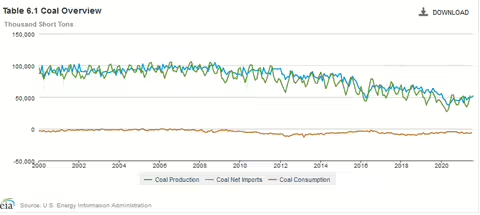Looking at the title sounds almost like a 60s rock band, doesn’t it?
Actually, I want to talk about precipitation. You’ve probably heard about acid rain and the environmental concerns associated with it. What it really should be called is “precipitation that is more acidic than normal” because precipitation is naturally slightly acidic. First, let’s give some background on what acidity is.
What makes something acidic?
In simple terms, a substance is acidic when it has the ability to donate a proton, also called a hydrogen ion. The more of these available, the more acidic a substance is. This is measured using a pH scale, which stands for the "potential of Hydrogen ion activity."
The pH scale runs from 0 to 14.
- Neutral is 7
- Below 7 is acidic
- Above 7 is alkaline or basic.
For acids, a whole number decrease equates to 10 times more acidity. Two numbers down, 100 times more acidity. For that reason, most pH numbers include a decimal to be more precise.
Why is precipitation already slightly acidic?
Precipitation forms thousands of feet above ground in clouds. As it falls through the atmosphere, it interacts with gases like carbon dioxide, creating carbonic acid. This lowers the acidity of “natural” precipitation to the 5.3 to 5.5 range. Natural processes in the environment are adapted and work well with this slight acidity in precipitation. And yes I keep saying precipitation instead of just rain because all precipitation has this acidity.
What is Acid Precipitation?
Human activity has increased the acidity of precipitation. Burning coal releases huge amounts of sulfur dioxide into the atmosphere because most coal contains sulfur. When precipitation interacts with sulfur dioxide, it creates sulfuric acid, lowering the pH of rain and snow to 4.0 or less. Some of the lowest recorded pH was around 2.1 . This is 1,000 times more acidic than natural precipitation! The term “acid rain” was coined way back in the 1870s by Robert Angus Smith, a Scottish chemist. Much like greenhouse gases and atmospheric warming, these processes have been known as scientific fact long before they became environmental problems.
Acidity, the Environment, and Trends
Nature is not adapted to this much acidity. Wetlands, wildlife, forests, roads, bridges, buildings, and soils all degrade (or die out) quickly under highly acidic conditions. This was a major concern in Europe and the eastern United States in the 1970s to the mid-2010s. While not quite back to normal, the acidity of precipitation has improved significantly, as seen by the maps shown for 1985, 2012, and 2019. This information came from the National Atmospheric Deposition (NADP) program. University of Illinois and the Illinois State Water Survey is part of the NADP network.
Why have things gotten better? The amount of sulfur-laden coal being burned has dropped dramatically in the U.S. as shown in the illustration.
In addition, something called “scrubbers” are used to remove most of the sulfur from the combustion process.
Other areas of the world are still experiencing acid precipitation. Wherever coal use is still a main form of energy use, this will continue to be an environmental issue. The fact that things are trending for the better in some places shows that the environment can be improved – it’s not just a downward spiral.
Resources:
- The National Atmospheric Deposition Program http://nadp.slh.wisc.edu/
- The Energy Information Administration https://www.eia.gov
- The Smithsonian Magazine https://www.smithsonianmag.com/science-nature/acid-rain-and-our-ecosystem-20824120/
MEET THE AUTHOR
Duane Friend is an energy and environmental stewardship educator with University of Illinois Extension, serving the organization in many roles since 1993. Duane provides information and educational programs to adult and youth audiences in the areas of soil quality, weather and climate, energy conservation, and disaster preparedness. These programs provide practical solutions for families, farms, and communities. He assists families in creating a household emergency plan, farmers with the implementation of soil management and conservation practices, and local government officials and business owners with energy conservation techniques.
ABOUT THE BLOG
All About Weather is a blog that explores the environment, climate, and weather topics for Illinois. Get in-depth information about things your weather app doesn't cover from summer droughts to shifting weather patterns.

